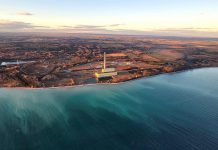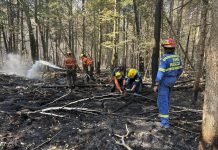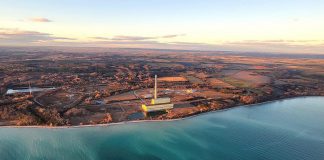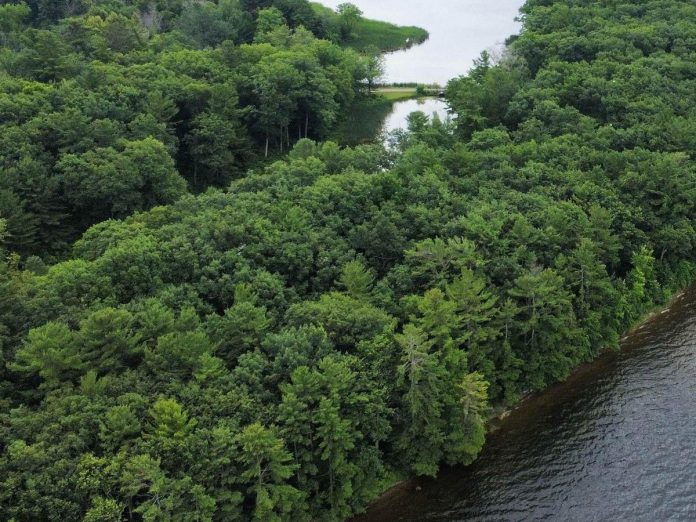
Kawartha Land Trust has announced the largest protected property purchase in the land conservation organization’s 22-year history: the new 1,411-acre Hammer Family Nature Preserve on the east shore of Pigeon Lake west of Lakehurst in Trent Lakes.
The charitable organization was able to purchase the property with the support of a $2.9-million investment from the Ontario government’s Greenlands Conservation Partnership, a $38-million program conserving ecologically important natural areas and protecting wetlands, grasslands, and forests that help mitigate the effects of climate change.
Kawartha Land Trust made the announcement on Monday (February 12) at an event on Sandy Point, located in the Hammer Family Nature Preserve, that was attended by the organization’s representatives along with Ontario Minister of the Environment, Conservation and Parks Andrea Khanjin, Curve Lake First Nation Chief Keith Knott, Peterborough-Kawartha MPP Dave Smith, Haliburton-Kawartha Lakes-Brock MPP Laurie Scott, and Trent Lakes Mayor Terry Lambshead.
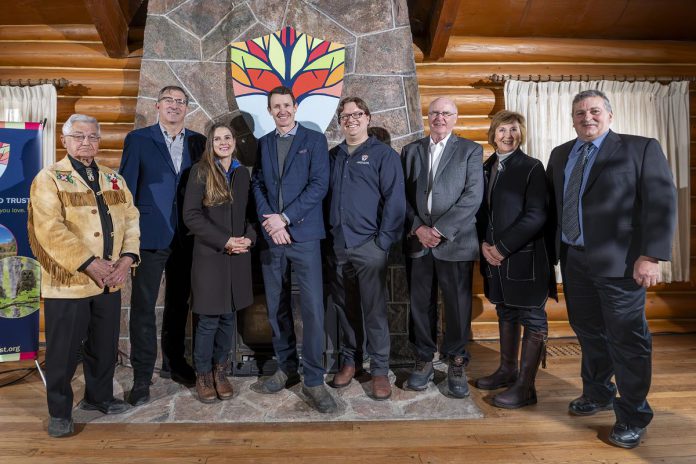
“Kawartha Land Trust is extremely grateful for the government funding partners and private donors who made this ambitious project possible,” said Kawartha Land Trust executive director John Kintare in a media release. “The protection of this natural gem of the Kawarthas is an important investment in nature in the Kawarthas, and Ontario at large. It was only through our strong partnerships that we were able to achieve such a positive conservation outcome.”
Seven times larger than Emily Provincial Park at the south end of Pigeon Lake, the Hammer Family Nature Preserve is located less than a kilometre south of Kawartha Land Trust’s second-largest protected property, the Big Boyd (Chiminis) Island — the largest-known undeveloped island in the Kawarthas at 1,142 acres.
The Hammer Family Nature Preserve comprises 1,411 acres of forests, wetlands, fields, and natural shoreline along Pigeon Lake. It features more than 200 acres of wetlands, 183 of which include sections of the Bear Creek provincially significant wetland and the Fulton’s Bay – Oak Orchard wetland.
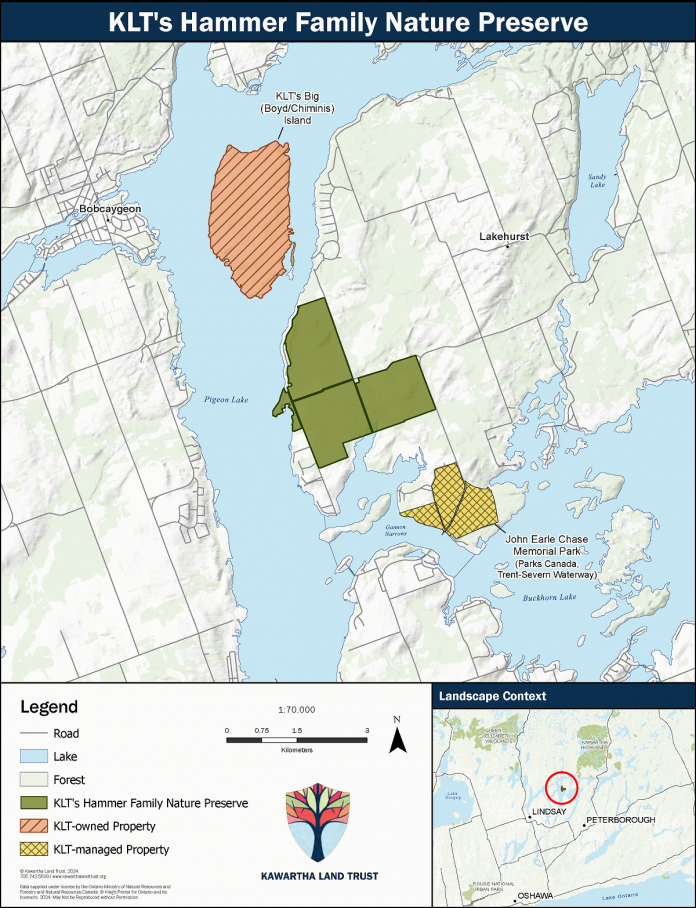
The Hammer Family Nature Preserve also features 700 acres of deep upland forest that provides habitat for species sensitive to disturbance and require large tracts of woodlands, like the at-risk wood thrush. Other species at risk that can be found on the property include Blanding’s turtle, monarch butterfly, golden-winged warbler, evening grosbeak, barn swallow, eastern meadowlark, butternut tree, and black ash tree.
“Today’s announcement marks one of the largest non-profit conservation projects in the Kawarthas and I am very proud of Ontario’s contribution through the Greenlands Conservation Partnership program,” said Minister Khanjin. “By working alongside strong conservation leaders, we have been able to leverage public and private funds to protect ecologically important natural areas for generations to come.”
Along with the $2.9 million in funding from the Ontario government and gifts from private donors, Kawartha Land Trust received funding from the federal government’s Nature Smart Climate Solutions Fund, a $1.4 billion 10-year fund administered by Environment and Climate Change Canada that helps conserve, restore, and enhance the management of ecosystems such as wetlands, forests, and grasslands.
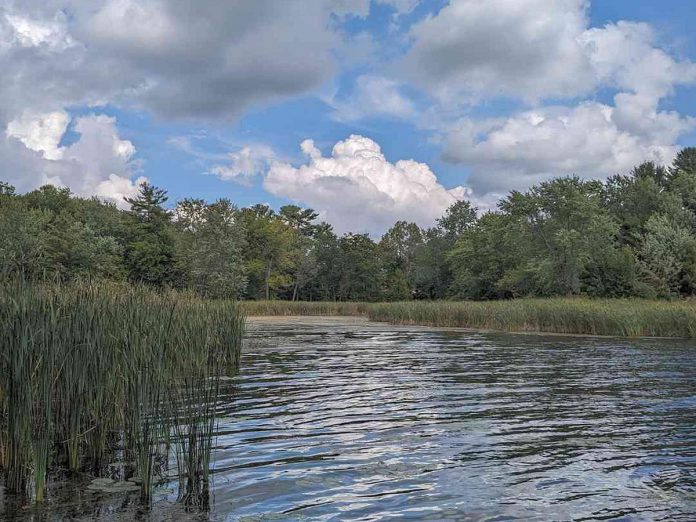
“The support and financial investments from the Province of Ontario, Government of Canada, and private donors, has resulted in the creation of a regional and provincial community asset,” Kintare said. “This conservation outcome would also not have been possible without the countless contributions of (Kawartha Land Trust’s) dedicated community of volunteers, donors, partners, and supporters throughout our 22-year history. For that, I thank each and every one of you.”
“I want to thank Kawartha Land Trust for stepping forward and all the advocacy work and experience that they have in ensuring that our natural heritage and ecosystems are preserved for future generations,” said MPP Smith. “Kudos to Kawartha Land Trust for all they do and thank you for continuing to advocate for our environment this way.”
Unlike Big Boyd (Chiminis) Island, the Hammer Family Nature Preserve is not currently open to the public, although Kawartha Land Trust says the property will feature public access at a future date.

Kawartha Land Trust is currently developing a plan to consult with local stakeholders, Williams Treaties First Nations, and community partners to inform future stewardship plans, partnerships, and public access to the property.
The organization is also working on a public fundraising campaign to allow for the ongoing stewardship of the property, including habitat enhancement and restoration, species at risk surveys, property maintenance and monitoring, future trail maintenance, and other stewardship activities that may arise from the community consultation process.
Founded in 2001, Kawartha Land Trust currently protects 34 properties that include more than 6,700 acres of ecologically diverse lands in the Kawarthas every year.


